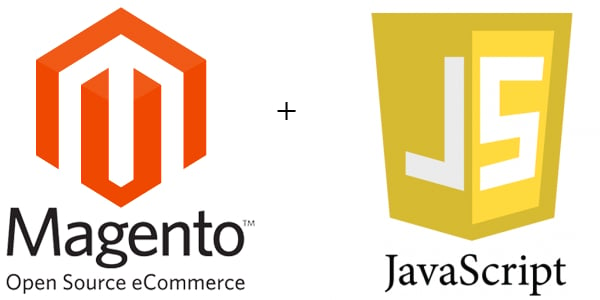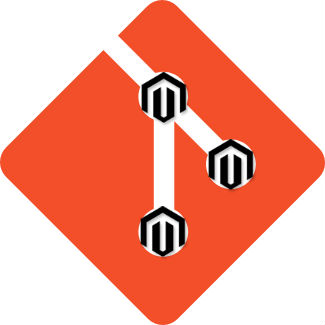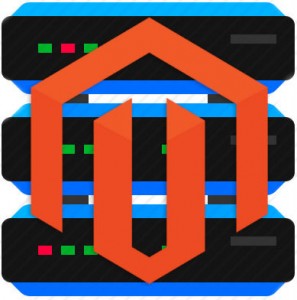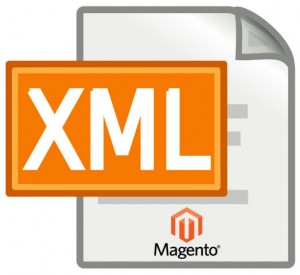
Magento 2 is now available, but it is not the only ecosystem’s improvement. Meet a completely revamped version of the platform’s marketplace. Below, we share some facts, thoughts, and expectations related to Magento Marketplace.
Being the largest ecommerce resource for Magento apps and services, Magento Marketplace gathers the most reliable software solutions by top developers. Their products expand the potential of the ecommerce platform with new features and you can easily get all desired improvements with Magento Marketplace. Extensions on the website are:
- easy to discover;
- of high quality.
The marketplace is designed with customers in mind (and with developers), so it is easy to discover relevant products. As a customer of Magento Marketplace, you get curated user experience, new functionality, and everything necessary for making your business thrive. You can trust all products from the new website, since they are precisely reviewed and checked for quality.
Thus, Magento Marketplace introduces a great chance to stay on top of all new innovations. The platform offers a plethora of themes designed to make your website looking fresh and unique. Besides, you can get voice support and even installation of extensions as a part of your purchase.
Magento Marketplace Merchant Guide
Magento Marketplace Developer Guide
UPD (18.11.15): Magento Connect has been updated
UPD (14.12.15): Magento Marketplace (70/30 revenue share split)
UPD (10.04.16): Magento Marketplace has been released
Continue Reading










